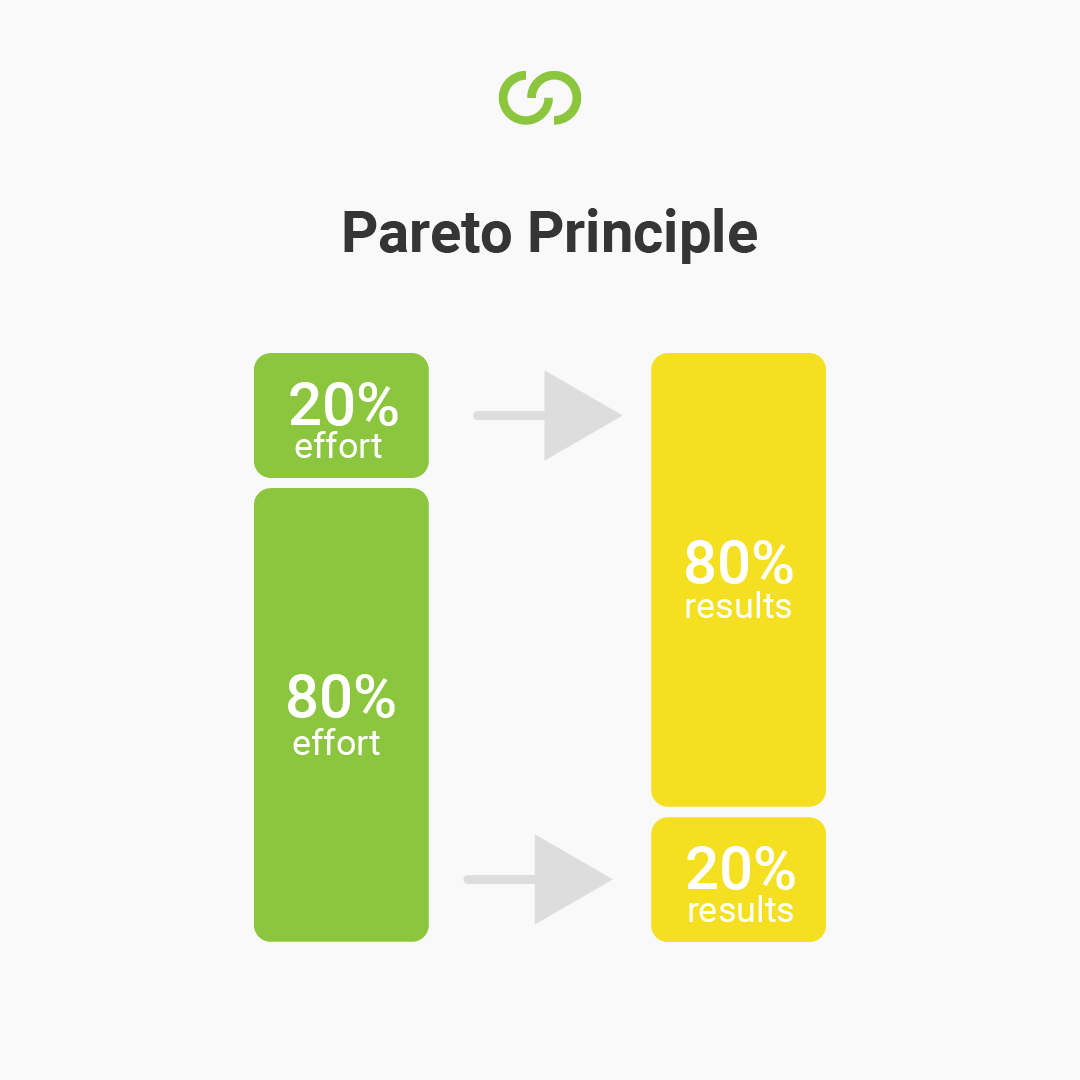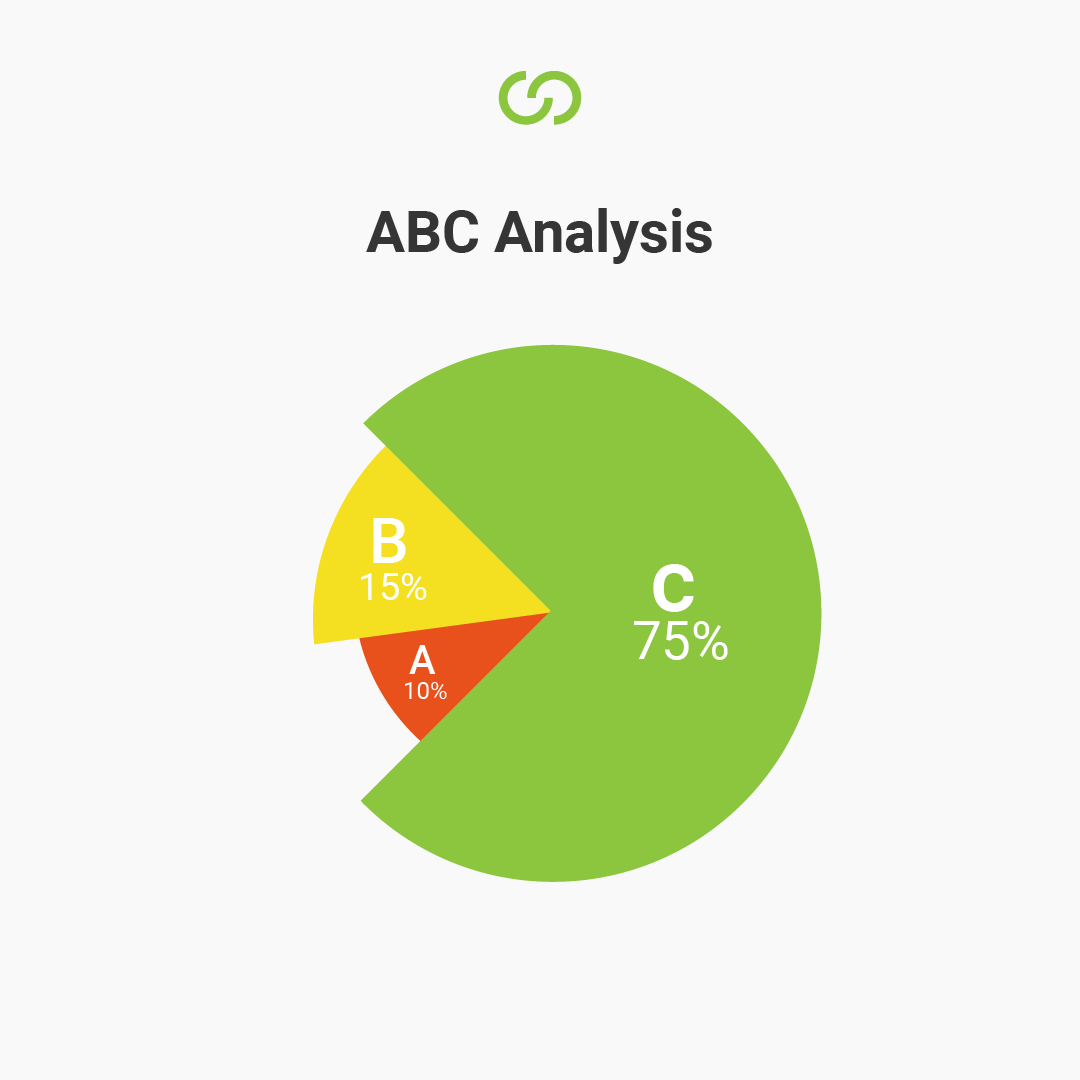
Maximize Your Day: Explore the Most Powerful Time Management Techniques
Date
We continue to explore the most effective time management techniques.
We are all unique individuals, with our own different temperaments, each of us has individual periods of activity and rest. That is why it is so important to pick a time management technique that fits your body’s resources and your daily routine.
Probably you already use a certain time management method, but still you don’t have enough time to complete this or that task on time or you don’t get how to properly distribute your time between work and personal life and rest.
In such a case, it is useful to first conduct an audit of the daily routine to understand what exactly time is wasted on and how you can optimize and combine tasks planned for the day to complete them more efficiently. The audit is conducted within a week, then an analysis is performed, based on the recieved results certain conclusions can be drawn.
Today we will look at the following time management techniques: Eat That Frog, the 80/20 Principle (Pareto’s Law), ABC analysis and the “1-3-5” Task Prioritization Technique
Eat That Frog

This is a time management technique developed by Brian Tracy and detailed in his book “Eat That Frog!: 21 Great Ways to Stop Procrastinating and Get More Done in Less Time”.
The essence of the method is to start your working day with the most difficult and unpleasant task – the “frog”, which does not give us peace. After completing this task, you will feel much calmer and more confident, and you will be able to start performing simple and less important tasks.
Advantages of the technique:
- Focus on the most important tasks: Helps you identify and prioritize the tasks that have the greatest impact on your success and performance.
- Increased productivity: Starting the work day with the most difficult tasks helps to increase productivity, because you do it during the period of maximum energy and concentration.
- Minimizing stress: Tackling important tasks first can help avoid stress and feelings of insecurity due to procrastination.
- Increasing motivation: And as a result, performing unpleasant and difficult tasks motivates us for further development and self-improvement.
Disadvantages of the technique:
- May not be practical for some kinds of work: In some lines of business, such as manufacturing or customer service, it may be difficult or impossible to implement this strategy.
- May require additional effort and is not versatile for everyone: For some people, due to the peculiarities of personal biorhythms, it can be extremely difficult to start the day with the most difficult tasks that require maximum effort.
- Lack of flexibility and deadlines: Some complex tasks may take a long time, or their solution may depend on the involvement of other people or resources.
We recommend adapting this technique to specific situations and individual needs. When used correctly, it can become an effective tool for managing time and achieving strategic goals.
The 80/20 Principle (Pareto’s Law)

Pareto’s Law, also known as the 80/20 principle, states that approximately 80% of results come from 20% of effort or action. Here’s how you can apply this technique to increase personal effectiveness:
- Identify the most important tasks (20%): Try to first identify the tasks that produce the most meaningful results in your work and have the greatest impact on your success.
- Give them the highest priority (80% of the time): Allocate more time and focus more energy on these most important tasks. This may include strategic planning, education, professional development, or accomplishing key tasks at work or in personal life.
- Limit time on less important tasks (80/20): Try to spend less time on less important things. At the same time, it is important to determine which tasks bring the least impact, and to choose the optimal methods of their implementation.
- Review and adapt: Periodically review your approach and adapt it as your life and work changes. Alter priorities if the situation calls for a new approach. This way, you can gradually learn which actions lead to the most meaningful results and adjust your strategies accordingly.
Advantages of the 80/20 Method (Pareto’s Law):
- Saving time and energy: Defining the most important tasks allows you to save time and energy and, accordingly, reduces the outgo of personal resources on less important tasks and activities.
- Maximum effectiveness: Focusing on the key 20% of tasks allows you to achieve maximum success.
Disadvantages of the 80/20 Method (Pareto’s Law):
- Generality: In some cases, the Pareto principle may be too general and not take into account specific requirements or conditions. Its application may be less effective in situations where all tasks or actions have the same level of importance.
- Tasks that are difficult to categorize: In cases where it is difficult to clearly determine which tasks or activities are included in the 20% and which are included in the 80%, this method may not always be accurate.
It is important to understand that Pareto’s Law is only a tool and should be used in conjunction with other methods and strategies to achieve balance in time management.
ABC analysis

ABC analysis is a time management technique based on the Pareto principle, but it is more flexible and allows for greater variability in prioritization and, accordingly, time optimization. All tasks are divided into three categories according to their level of importance:
- Category A (Major): These are urgent tasks or activities that have a high priority and the greatest impact on achieving your strategic goals. For instance, tasks that lead to professional and personal development, important projects that have a direct impact on your success.
- Category B (Medium): This includes those tasks that are also important, but not as critical and urgent as those in Category A. They may relate to routine work, ongoing projects, or duties that do not have as much impact on the bottom line , as category A.
- Category C (less important): This includes those tasks that do not directly affect your success and the achievement of strategic goals. This can be recreation, entertainment or other aspects that should be considered as a supplement to the main tasks.
The advantages and disadvantages of this method will be similar to the Pareto Law (80/20), because they are actually based on this principle.
Using the ABC approach to time management helps to avoid distracting attention on less important tasks and concentrate efforts on key aspects of personal and professional development.
Technique for setting the priority of tasks “1-3-5”

The “1-3-5” technique is a simple but effective tool for setting priorities in personal time management. The basic principle also consists in the distribution of daily tasks according to their importance and urgency. First, you should choose 9 tasks for the day, then distribute them according to the following scheme:
- One big task (Large Task): Choose one most important and most difficult task that you definitely need to complete during the day. This task should always be the key to achieving your goals.
- Three Less Important Tasks (Medium Tasks): Choose three less important but still significant tasks that should also be completed that day.
- Five small tasks (Small Tasks): Add five small and quick tasks that can be completed easily and effortlessly. These can be routine or technically simple tasks that will help you take steps forward, even when time is limited.
Advantages of the “1-3-5” Technique:
- Clarity and ease: The technique is very easy to understand and apply. It is easy to use without additional effort or complex calculations.
- Reducing stress and workload: Dividing tasks into large, medium and small allows you to rationally use your own energy and avoid overload. Important tasks are distributed in a such way that they can be completed while maintaining the balance of our own resources and reducing stress.
- Increased productivity: Focusing on a fixed amount of tasks helps to avoid excessive distraction and thereby increase productivity. You work on selected tasks consistently, instead of scattering your attention and getting distracted by many different tasks.
Disadvantages of the “1-3-5” Technique:
- Excessive focus on quantity: Focusing on a specific number of tasks can lead to a loss of quality of task performance.
- Does not consider the time spent and the specifics of the tasks: The methodology may not take into account the difference in the complexity or duration of the tasks. For example, one “big” task may take more time and effort than three “smaller” ones.
Of course, you should adapt each technique to your own needs and lifestyle. These are just general recommendations that you can combine and thereby create new, unique principles of time management.
And most importantly, even if it is not possible to follow the chosen method the first time – do not despair, start again and again, gradually alter your life in small steps. Remember, a new habit is formed from 20 to 30 days, and then this system will already work for you. And of course, never neglect rest and recovery of your own strength and energy.



